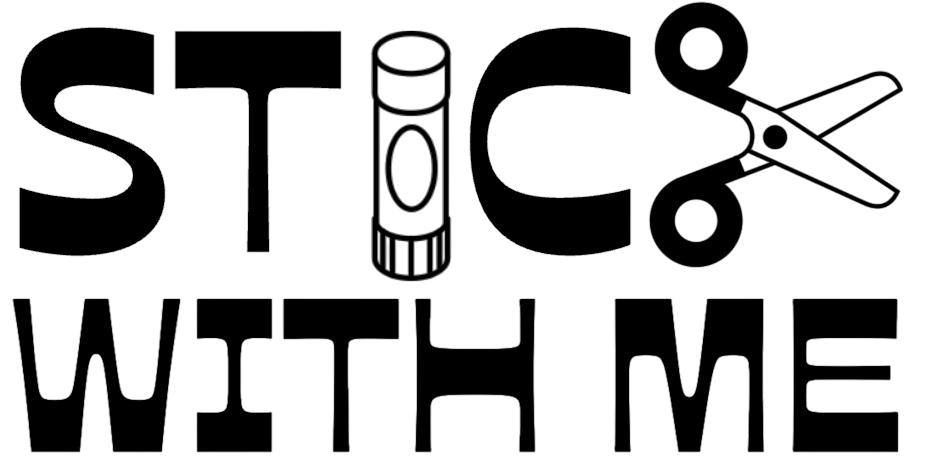The Neuroscience Behind Collaging
Collaging isn’t just creative—it’s good for your brain. Here’s what science says about why it feels so therapeutic:
1. It Activates Key Brain Regions
Collaging stimulates several brain regions at once—including the prefrontal cortex (decision-making), amygdala (emotional processing), and sensorimotor cortex (movement and touch). This multi-area engagement supports emotional regulation, focus, and a calming sense of control through the physical act of cutting and assembling materials.
— Kids First ABA Therapy, Therapy Hannah
2. It Reduces Stress
Art-making activities, including collaging, have been shown to lower cortisol levels, the hormone associated with stress. A study involving 39 adults found that 45 minutes of art-making significantly reduced cortisol levels, indicating a decrease in stress.
— PsyPost, Neuroscience News
3. It Promotes Neuroplasticity
Creating art helps your brain form new connections. This “mental flexibility” supports learning, memory, and resilience—especially important for mental health.
— Newton Neuro, Psychology Today
4. It Enhances Emotional Expression
Collaging helps externalize emotions that can be hard to put into words, making it a powerful tool for processing complex feelings. Interestingly, research also shows that using art as a form of distraction—not just direct expression—can be even more effective at improving mood. In a 2012 study by Ellen Winner and Jennifer Drake, children who drew neutral images (like a house) after watching a sad film experienced a greater mood boost than those who illustrated their emotions. This suggests that the therapeutic benefit of collaging often lies in the act of creating itself, rather than in the subject matter.
— Newton Neuro, Therapy Hannah, Winner & Drake, 2012
5. It Engages the Brain’s Reward System
Art-making increases blood flow to the brain’s pleasure centers—especially the orbitofrontal cortex and ventral striatum. That’s the same system activated by music, love, and delicious food. Each time you find the “right” piece or color, your brain releases dopamine, encouraging you to keep creating.
— ScienceDaily, Zeki & Kawabata, 2004
6. Beauty Triggers Dopamine
The field of neuroaesthetics shows that visually balanced and harmonious art, like a well-crafted collage, can trigger dopamine release, bringing feelings of joy and satisfaction. Achieving visual harmony or perfect placement of collage elements stimulates the brain's reward system, reinforcing the creative process and enhancing emotional well-being.
— ARTSMH, MedLink Neurology
7. It Induces Flow
Collaging can bring you into a “flow state”—a meditative, timeless zone that boosts dopamine and silences the self-critical parts of the brain. It’s part of what makes art-making so mentally restorative.
— Art Life Practice, Therapy Hannah, Flow Theory – Csikszentmihalyi, 1990


